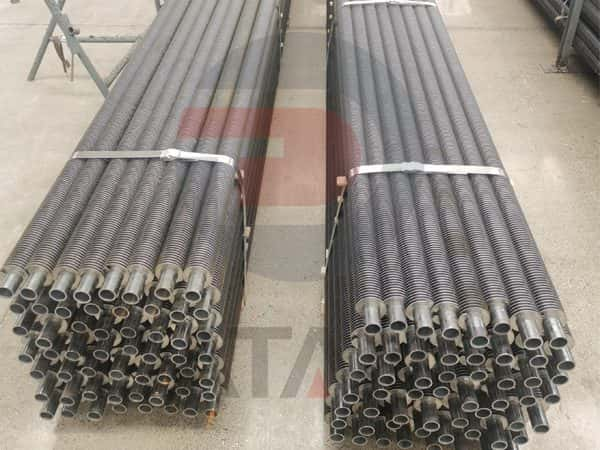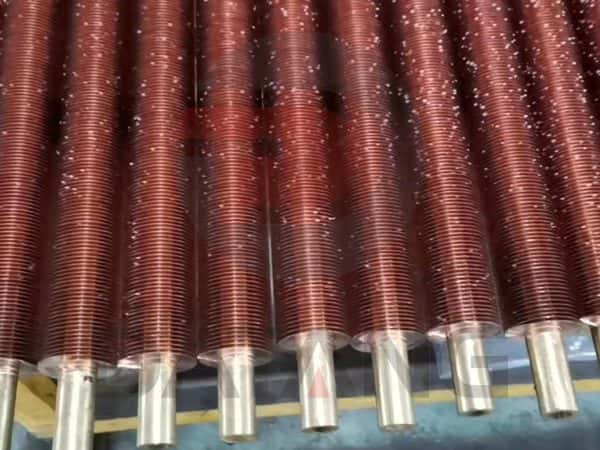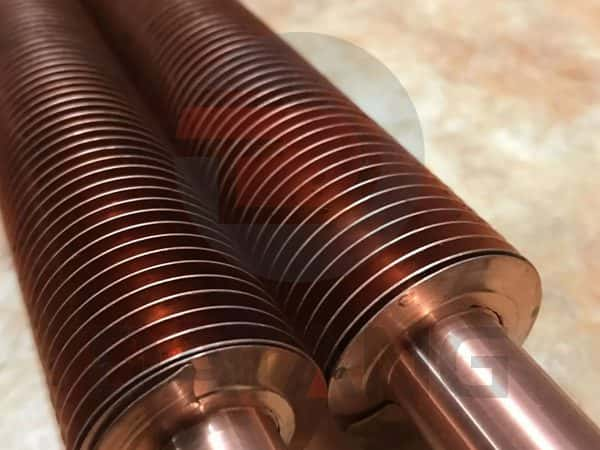Hot-rolled carbon steel pipes are divided into general steel pipes, low and medium pressure boiler steel pipes, high pressure boiler steel pipes, alloy steel pipes, stainless steel pipes, petroleum cracking pipes, geological steel pipes and other steel pipes.
Cold-rolled (dial) carbon steel pipes are divided into general steel pipes, low- and medium-pressure boiler steel pipes, high-pressure boiler steel pipes, alloy steel pipes, stainless steel pipes, petroleum cracking pipes, and other steel pipes, as well as carbon thin-wall steel pipes, alloy thin-wall steel pipes, and stainless steel pipes.
Rusty thin-walled steel pipes, special-shaped steel pipes. The outer diameter of hot-rolled seamless pipe is generally greater than 32mm, and the wall thickness is 2.5-75mm.
The outer diameter of cold-rolled seamless steel pipe can be up to 6mm and the wall thickness can be up to 0.25mm. The outer diameter of thin-walled pipe can be up to 5mm and the wall thickness is less than 0.25mm. Cold rolling has higher dimensional accuracy than hot rolling.
General carbon steel pipe: It is made of 10, 20, 30, 35, 45 and other high-quality carbon steels such as 16Mn, 5MnV and other low-alloy structural steels or 40Cr, 30CrMnSi, 45Mn2, 40MnB and other alloy steels by hot rolling or cold rolling.
Seamless pipes made of low carbon steel such as 10 and 20 are mainly used for fluid transportation pipelines. Seamless pipes made of medium carbon steel such as 45 and 40Cr are used to manufacture mechanical parts, such as stressed parts of automobiles and tractors.
Carbon steel pipes are generally used to ensure the strength and flattening test. Hot-rolled steel pipes are delivered in hot-rolled state or heat-treated state; cold-rolled steel pipes are delivered in heat-treated state.

Carbon stee fin tube
Preparation method of carbon steel pipe
The raw material of the carbon steel pipe is a round tube blank.
The round tube blank is cut by a cutting machine into a blank of about 1 meter in length, and then sent to the furnace for heating via a conveyor belt. The billet is fed into the furnace and heated at a temperature of approximately 1200 degrees Celsius.
The fuel is hydrogen or acetylene. The temperature control in the furnace is a key issue. After the round billet is out of the furnace, it must be pierced through a pressure punching machine. Generally, the more common piercing machine is the tapered roller piercing machine.
This type of piercing machine has high production efficiency, good product quality, large perforation diameter expansion, and can wear a variety of steel types.
After piercing, the round tube billet is cross-rolled, tandem-rolled or squeezed by three rolls successively. After squeezing, take off the tube and calibrate.
The sizing machine uses a tapered drill to rotate at a high speed into the steel blank to punch holes to form a steel pipe. The inner diameter of the steel pipe is determined by the length of the outer diameter of the drill bit of the sizing machine.
After the steel pipe is sized, it enters the cooling tower and is cooled by spraying water. After the steel pipe is cooled, it will be straightened.
After straightening, the steel pipe is sent to the metal flaw detector (or hydraulic test) by the conveyor belt for internal flaw detection.
If there are cracks, bubbles, etc. inside the steel pipe, it will be detected. After the quality inspection of steel pipes, strict manual selection is required. After the quality inspection of the steel pipe, paint the serial number, specification, production batch number, etc. with paint.
It is hoisted into the warehouse by a crane.
Connection method of copper pipe
Copper tube is also called red copper tube. A kind of non-ferrous metal pipe, which is pressed and drawn seamless pipe.
Copper pipe has the characteristics of good electrical conductivity and thermal conductivity. It is the main material of electrical and heat-dissipating accessories for electronic products, and has become the choice of modern contractors for the installation of water pipes, heating and cooling pipes in all residential commercial buildings.
The following is the connection method.

Copper fin tube
Non-processing compression type connection, the use of non-processing compression type pipe fittings to implement mechanical connection of copper pipes is a relatively simple construction method, simple operation and easy to master, construction personnel only need a little training to master the operating skills.
It is a commonly used connection method in current engineering.
When connecting, as long as the end surface of the pipe cut can be kept perpendicular to the pipe axis, and the burrs at the cut are cleaned, the pipe fitting is assembled with the correct position of the snap ring and the nut is tightened to achieve a tight connection of the copper pipe.
However, this connection method relies on the pressing force of the thread on the snap ring to keep the joint tight. Therefore, the joint should not be directly buried in the wall.
It is advisable to lay the joint in a repairable position, so that once the compression force is loosened When leakage occurs, the nut can be tightened further to maintain the necessary pressure.

Copper finned tube
Cleaning of copper pipe
Copper pipe has the characteristics of good electrical conductivity and thermal conductivity. It is the main material of electronic products and heat dissipation accessories.
It has become the choice of modern contractors for the installation of water pipes, heating and cooling pipes in all residential commercial buildings. Copper pipe has poor corrosion resistance, is easy to oxidize, and chemically reacts with some liquid substances, and is easy to bend and shape.
It is generally required that the hardness value of the heat exchange tube material is generally lower than the hardness value of the tube sheet.
When there is stress corrosion, local annealing of the tube head should not be used to reduce the hardness of the heat exchange tube; the heat exchange tube with an outer diameter of less than 14mm Expansion joints should not be used for tube sheet connection. Expansion length: the nominal thickness of the tube sheet minus the smaller value of 3mm or 50mm.
Spiral copper pipes Spiral copper pipes are generally stronger than straight-sealed copper pipes, and can produce copper pipes with a larger diameter from a narrower blank.
The standard of copper pipe material can also use blanks with the same width to produce copper pipes with different diameters. Smaller diameter copper pipes mostly use straight seam welding, and large diameter copper pipes mostly use spiral welding.
